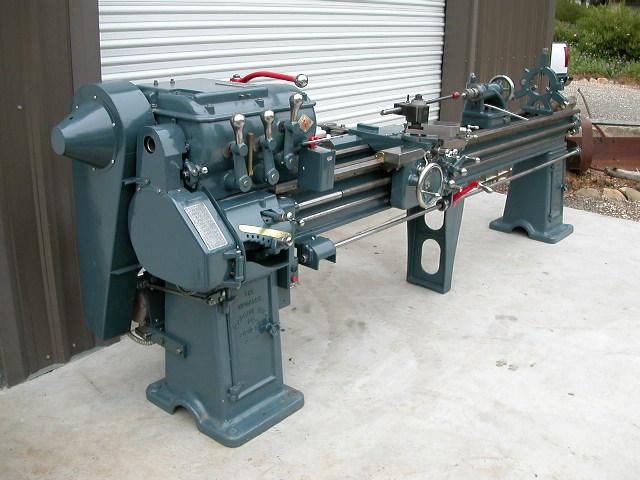
I just noticed that I had originally posted this picture exactly one year ago today...boy how time flies

It is 3-phase and this is my first time working with it. I dissassembled the lathe and wiring about 5 years ago, I have some diagrams and notes, but I think I am missing some part of the puzzle.
There is a junction box that all of the wires go in or out of and that is where I am confused.

Here is a wiring diagram showing what I have to work with.
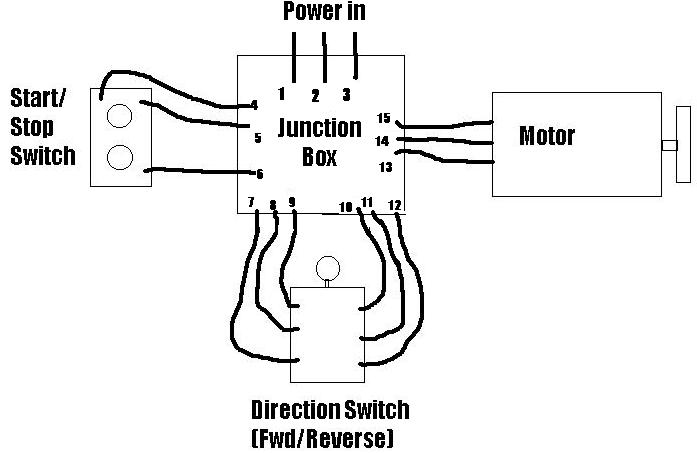
How do I hook up the wires labeled 1-9? I assume 10-12 hook to 13-15, I am just not sure how the start/stop switch (4-6) fit in.
Any input would be appreciated.
Thanks,
Neal Jennings
Atascadero, CA
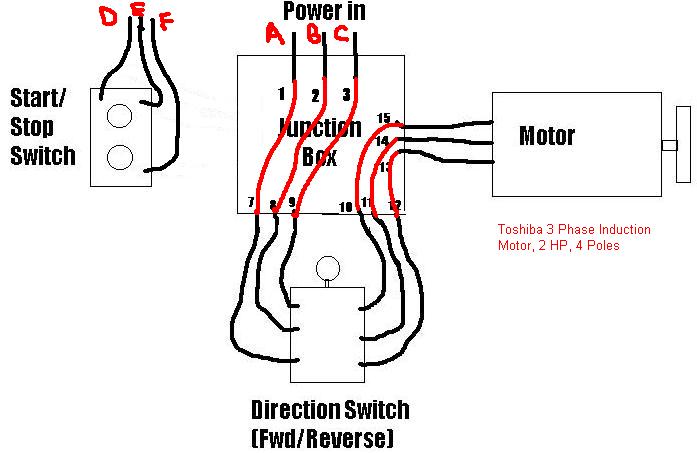
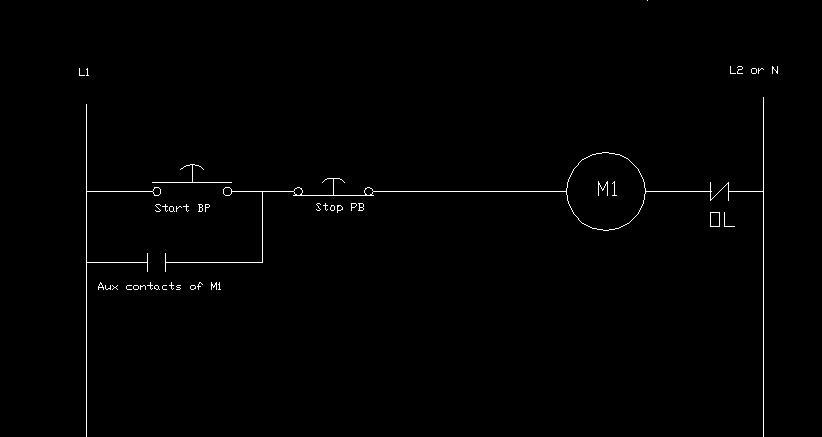
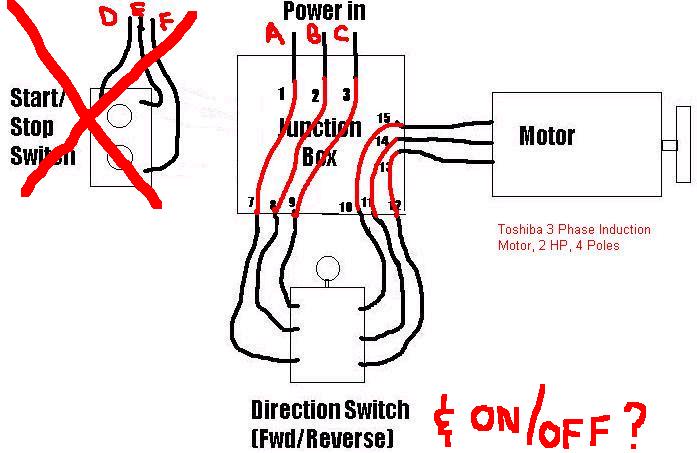
 , so I will need some help on parts selection. I need to know what to ask for when I go to the parts house.
, so I will need some help on parts selection. I need to know what to ask for when I go to the parts house.